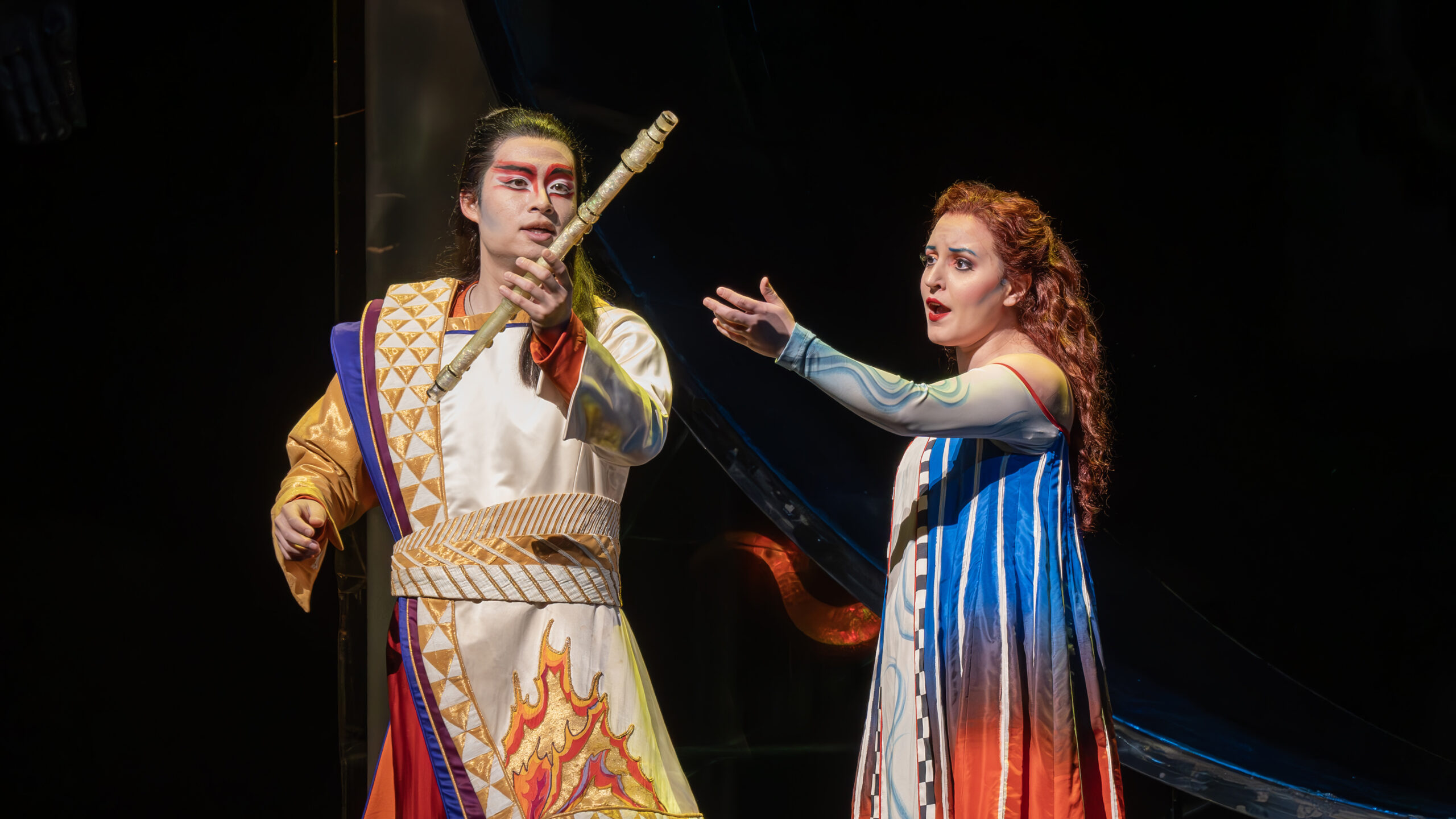
Liszt’s relationship with opera, then, is a particular case: an author of many piano transcriptions and virtuosic paraphrases that grew out of the themes of the major operas in vogue at the time, he nevertheless struggled to compose a musical play of his own, although “theatrical” elements are not lacking in some of his orchestral works.
After the adolescent Don Sanche, in French, staged only on the centenary of its composition (1925), Liszt indeed attempted numerous operas and always on high-minded literary subjects: Le Corsaire (after George Byron), Consuelo (after George Sand), Marguerite (after Wolfgang Goethe), Richard of Palestine (after Walter Scott), Semele (after Friedrich Schiller), Spartacus (after Oscar Wolff), Inferno (after Dante Alighieri), Sardanapalo (again after Byron), Jeanne d’Arc (after Friedrich Halm), Jankó (after Karl Beck), and Manfred (after Byron).
Of them all, the most advanced project is that of Sardanapalo, with which Liszt had planned to launch a second career as a full-time composer, in accordance with his retirement from the stage as a piano virtuoso. But he worked on it at length without bringing it to completion on several occasions between 1845 and 1852.
His first obstacle came from the libretto: having chosen the subject after Lord Byron’s long poem Sardanapalus, he struggled to find a poet to create the operatic text. He first thought that an Italian-language opera might open the way for him as Kapellmeister at the court theater in Vienna to replace Donizetti who was by then seriously ill. Exchanges with the French poet Félicien Mallefille, however, revealed his changed intentions. But faced with Mallefille’s inability to fulfill the job, he returned in search of an Italian poet, finding him in a patriot exiled in Paris, a protégé of Princess Belgiojoso, who enthusiastically suggested it to him (the name of whom has since been lost). Liszt received the first act of the libretto from him in 1847, but did not begin composition until 1850 (perhaps in the exhausting wait for the next two acts?), producing at that time a continuous sketch of the first act (whether complete or partial, it is not known) totaling 110 pages.
It is unknown why Liszt interrupted the composition, considering that as early as late 1851 he revealed to Wagner his intention to send the opera to be staged in Paris or London in 1852; perhaps he never received the conclusion of the libretto? Or perhaps a sudden sense of inadequacy assailed him, aroused by reading the great dramaturgy treatise Oper und Drama that Wagner published that very year?
In fact, Liszt’s composition touches one by one on those musical styles that Wagner condemned in his writing on theatrical aesthetics. Beginning with a women’s chorus that might find a place in a grand opéra by Meyerbeer, arias and duets adopt the multipartite structure of coeval Italian opera and conclude with cabalettas of Donizettian heritage. Alongside a few Weberian sonorities, however, there is also no lack of a sonorous glimpse recalling the Wagnerian Lohengrin, premiered by Liszt himself in 1850 in Weimar, while the harmonic flow and general melodic development are those of mid-century Liszt: precious, complex, alternating of the grandiose with the subdued, the easily memorable phrase with the sought-after resolution.
All of this for a plot that proceeds very slowly. The sketch that has come down to us, consisting of about 50 minutes of music, sets the first scene in Nineveh, in the harem of Sardanapalus, king of Assyria. Of all the women, rejoicing over the festive day, only the Ionian slave Myrrha (soprano) mourns, regretting her lost homeland, while her companions urge her to rejoice, for she is the king’s favorite. Left alone, Myrrha freely vents her doubts (recitative and aria): she sincerely loves Sardanapalus, it is true, but it is he who has conquered and destroyed her land, and she therefore hesitates to give herself to her enemy. In a continuous musical flow, without interruption, we move to the next scene, with the entrance of the king (tenor), who, seeing Mirra weeping, comforts her and draws her into a grand love duet. At the height of passion, Beleses (bass), the king’s powerful minister, arrives unexpectedly: he reproaches Sardanapalus for not taking his role seriously, accuses him of weakness, effeminacy, and of wasting his time on female occupations instead of devoting himself to organizing the war against the rebellious satraps who are putting the empire in trouble. Sardanapalus hesitates because wars only bring violence and suffering of innocent people, but Myrrha also urges him to his leadership role. At the end of a heated trio, the king is finally persuaded to fight the rebels and runs to battle. This is the slender plot that can be gleaned from the words Liszt himself drew from the manuscript libretto submitted to him (now lost) and set under the notes of the vocal parts.
The musical sketch that has come down to us is almost complete in the vocal lines, while the orchestral part is only hinted at in a pseudo-piano reduction with some indication of the instruments that are to take charge of individual melodic phrases. British musicologist David Trippett has carefully studied the autograph manuscript and attempted a completion of it, producing an orchestration after Liszt’s own instrumental cues. And since 2018, a handful of concert performances have thus taken place, again with the same cast.
The most recent performance was staged in Budapest, in the large Béla Bartók hall of the Müpa (a modern cultural center on the banks of the Danube), as the highlight of the Liszt Festival traditionally held in October, around the composer’s birthday. The three singers – Joyce El-Khoury (Mirra), Airam Hernández (Sardanapalo), Oleksandr Pushniak (Beleso) – are all powerful and generous voices: they tackled their respective roles, now tried and tested, with the dramatic force that Liszt’s melodies demand, save for the few more intimate and sentimental moments reserved for the soprano and to a lesser extent the tenor. The Staatskapelle Weimar was particularly charming and precise, rendering Trippett’s dense instrumentation to the best of its ability under the sure guidance of Kirill Karabits. The efficient women’s choir, on the other hand, was the local Hungarian National Choir prepared by Csaba Somos.
The evening’s all-Liszt program was rounded out by the impressive Dante Symphony, in whose final “Magnificat” the female voices strategically placed in the lofty stalls above the stage provided a truly heavenly effect. As a prelude to the evening, the festive Weimars Volkslied for orchestra ideally traced a twinning between the cities of Weimar and Budapest celebrating their chosen composer.
Photos: Attila Nagy, Müpa Budapest
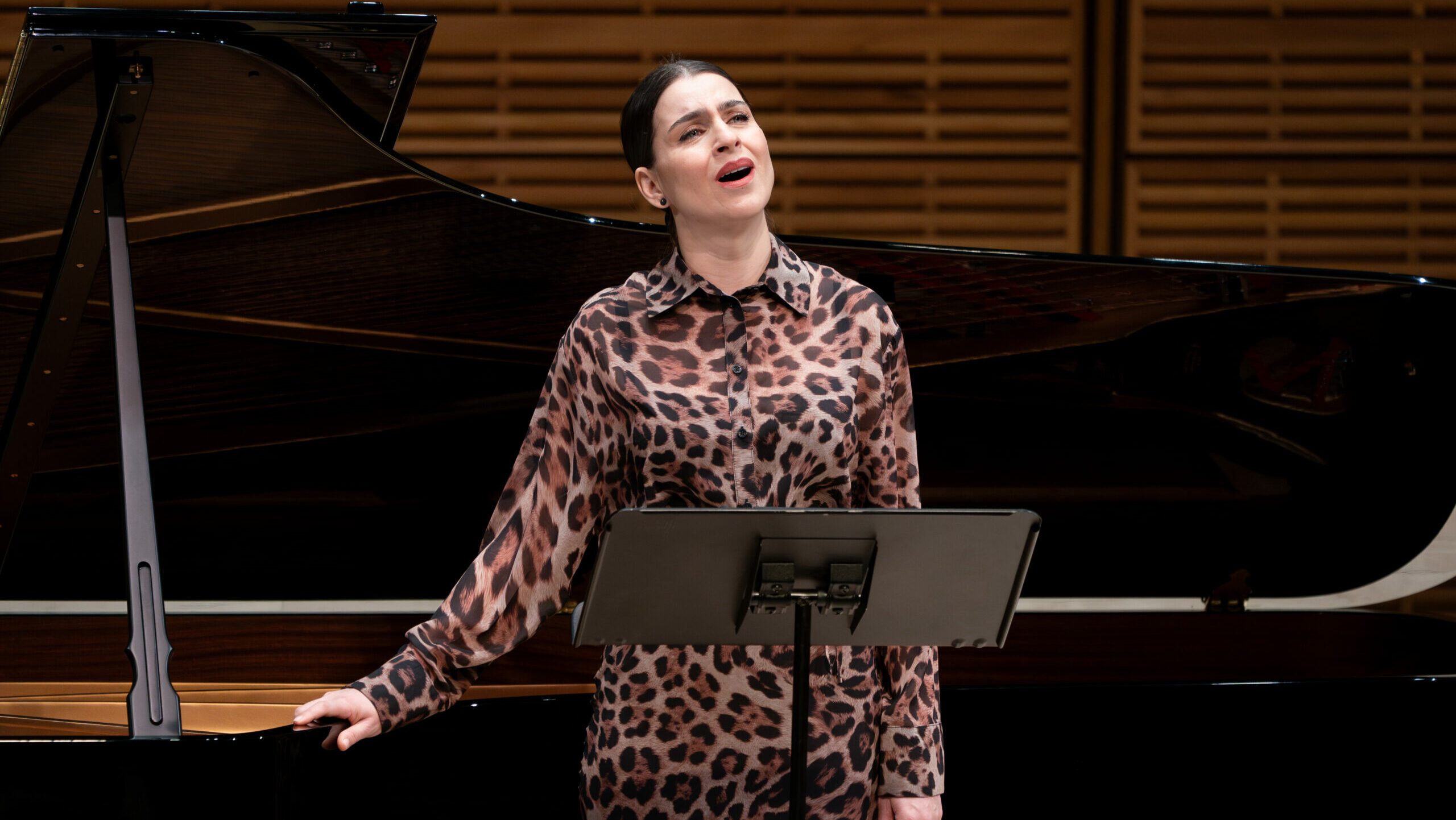













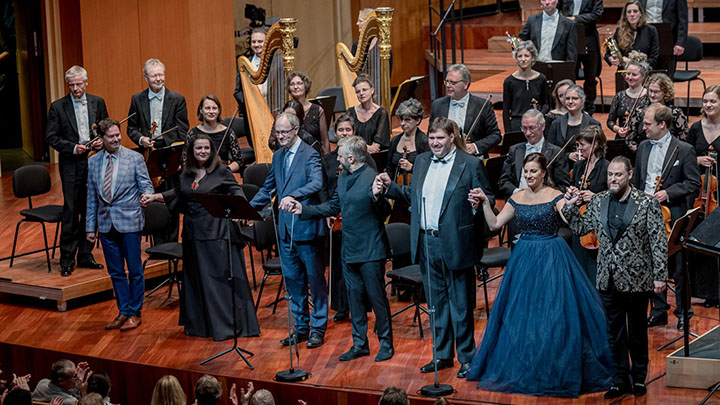
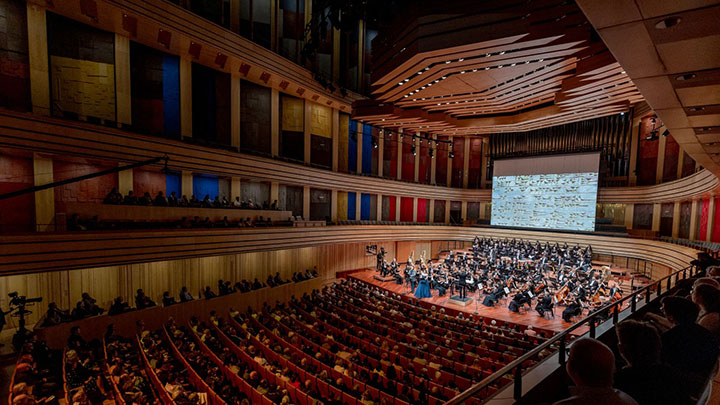




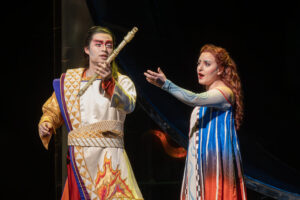

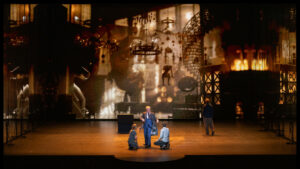
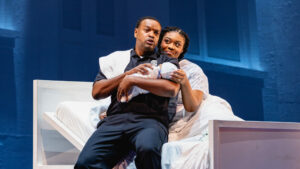



Comments